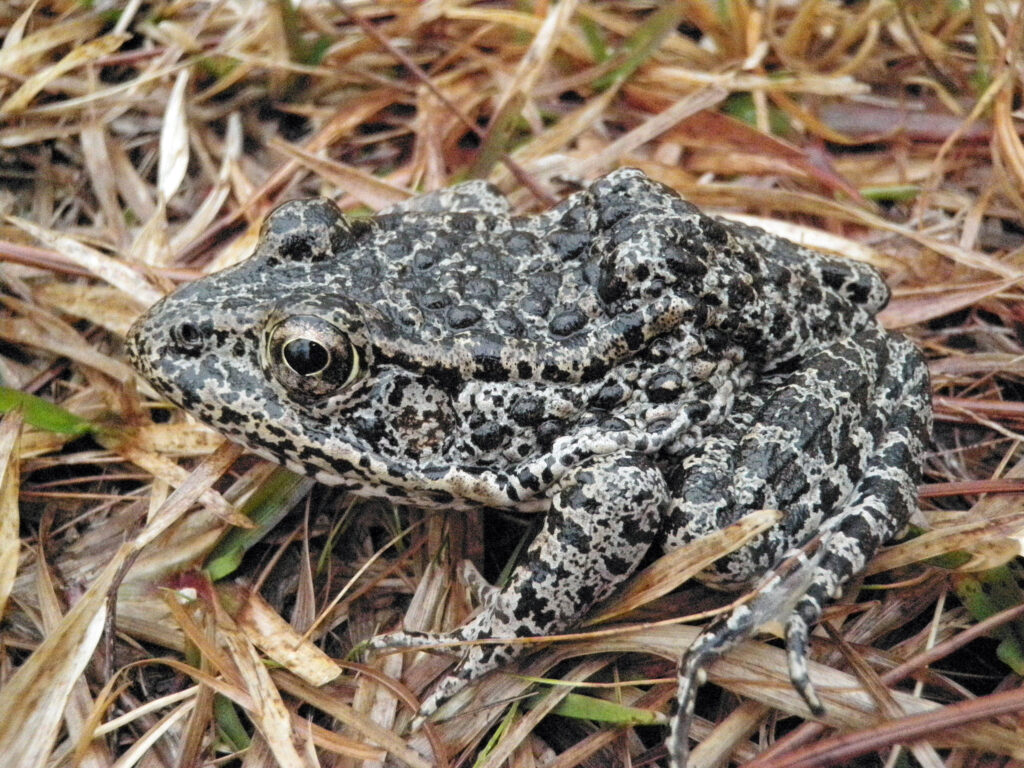This article was originally published in The Salt Lake Tribune.
This week, the departments of the Interior and Commerce issued significant reforms to their implementation of the Endangered Species Act. Although any change concerning this popular law generates understandable concern, many of these changes will benefit on-the-ground conservation by reducing conflict between regulators, property owners, and conservationists in favor of greater cooperation.
The Endangered Species Act has an impressive record of preventing extinction; 99% of protected species are still with us. But, disappointingly, the law has failed to also spur species recovery. Less than 3% of listed species have achieved that goal.
The reason for the law’s mixed results is clear: It makes rare species a significant liability for landowners, rather than an asset. Consequently, landowners may preemptively destroy habitat to deter endangered species from moving in. They may also refuse to restore habitat on their property because of the regulatory burdens that would follow. Studies show that both have occurred. Since the greatest threat to most species is the lack of suitable habitat, these anti-conservation incentives are a significant obstacle to recovery.
Fortunately, some of the reforms will better align landowners’ incentives with the interests of rare species. For instance, they reverse a 2016 change that encouraged the designation of uninhabitable land as “critical habitat”—a practice that generated much conflict but little conservation.
One of those conflicts led to the Supreme Court’s unanimous Weyerhaeuser decision last year. In that case, 1,500 acres were designated as habitat for the dusky gopher frog, which did not and could not live there. The designation threatened up to $34 million in costs for the landowners.
The species didn’t benefit either. Instead, the designation bred ill-will that discouraged landowners from agreeing to habitat restoration work. The new rules will make such designations less common, eliminating a source of conflict in favor of other, successful means of encouraging habitat restoration. For instance, the Nature Conservancy is working to restore habitat and recover the frog on its property, without threats or conflict.
The most significant aspect of these reforms is to fine-tune regulations to the needs of individual species, an approach adopted in response to rulemaking petitions filed by Pacific Legal Foundation. Prior to this change, the same burdensome regulations were imposed on landowners regardless of whether a species was critically endangered or faced only remote risks.
Road to Recovery, a report released last year by the Property and Environment Research Center, explains that this practice blunted incentives for landowners to recover species. Landowners had nothing to gain from recovering endangered species, since the same burdens would continue to apply even if the species’ prospects improved. Similarly, once a species was listed, landowners had little to lose if the species continued to decline. All the regulatory burdens that could be imposed already had been.
Under the new rules, the most burdensome regulations will be reserved for the species that really need them, while protections will be tailored to the needs of less vulnerable species. By maintaining the strictest protections for endangered species, the reform will preserve the law’s success at preventing extinction. At the same time, this change will encourage landowners to recover species by rewarding them with regulatory relief as a species’ status improves.
In addition to this carrot, the reform also provides a stick. If states, landowners and conservationists don’t resolve threats to a species, its continued decline may result in progressively more burdensome regulations being imposed. Through these mechanisms, the reform aligns the incentives of landowners with the interests of species—precisely what is needed to promote recovery efforts.
The greatest prospect for improvement, however, is in the flexibility this reform gives states, landowners, and conservationists to develop innovative ways to recover species. Previously, the automatic imposition of the most burdensome regulations stymied such collaboration, by discouraging landowners from cooperating or even admitting species’ presence on their land. Without this automatic imposition, there will be greater opportunities to experiment with new, better ways to encourage species recovery efforts.
Far from “rolling back” or “weakening” the Endangered Species Act, several of the regulatory reforms strengthen the act by recognizing the critical role incentives and private landowners play in recovering species.




